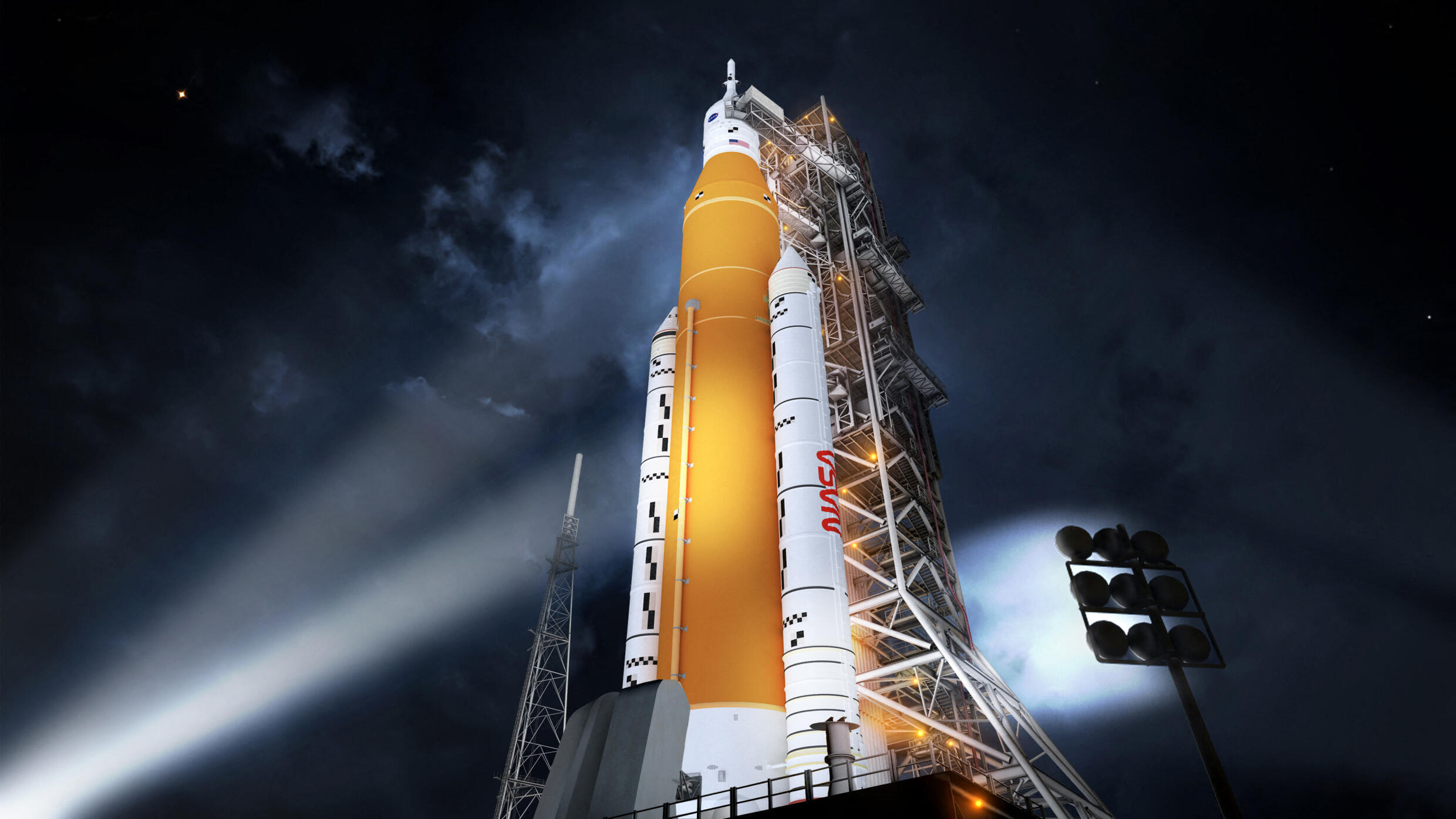First modification:
For the second time in five days, the US National Aeronautics and Space Administration (NASA) suspended the launch of the Artemis 1 mission, which seeks to return to the Moon after 50 years of the Apollo program. The new postponement came after experts unsuccessfully tried to repair a liquid hydrogen leak.
Seeing the first of three NASA test flights depart to return humans to the Moon will not be possible for now.
This Saturday, September 3, a hydrogen fuel leak once again frustrated the expected launch of the 98-meter-high Space Launch System rocket and its Orion capsule. Together they develop the Artemis I mission.
A similar situation, but in one of the engines, occurred on August 29. In recent hours, the rocket was grounded after “technicians repeatedly and unsuccessfully tried to repair a problem related to a spill in the hardware that transfers fuel to the rocket,” the US National Aeronautics and Space Administration said. UU. (NASA), through his Twitter account.
The aerospace agency added that “multiple troubleshooting efforts to address the area of the leak by re-sealing the quick disconnect where liquid hydrogen is fed to the rocket did not fix the problem. Engineers continue to collect additional data.” .
Experts have warned before that they can’t know for sure if the repairs made are sufficient until it’s time to load the tanks before takeoff. The rocket requires nearly a million gallons of ultra-cold fuel.
NASA works against the clock to avoid a takeoff delay until October
It is not yet clear if the aerospace agency will be able to make the adjustments in time to meet the next scheduled date for liftoff: Monday, September 5, or Tuesday, September 6.
This is the second time in less than a week that the operation has been suspended.
If the problem isn’t resolved by then, experts will assess whether the spacecraft will need more substantial repairs, which would take the rocket off the platform and into NASA’s vehicle assembly depot.
Such a scenario would further delay the maiden test flight, until at least October, of humanity’s first manned lunar mission in five decades.

Artemis I comprises a test flight in which there are no people on board but three mannequins. However, this mission, expected to last six weeks, must be successful before the astronauts can board a second journey, Artemis II, planned for 2024. They would then aim to land two people on the Moon, a planned feat. by the end of 2025 or in 2026, under the name of Artemis III.
The broader goal of the program is to lay the groundwork for trips to Mars, a step NASA hopes to take by 2030.
With Reuters and AFP





![[Img #74683]](https://thelatestnews.world/wp-content/uploads/2024/12/The-main-mistakes-to-avoid-when-betting-on-electronic-sports-150x150.jpg)









Add Comment